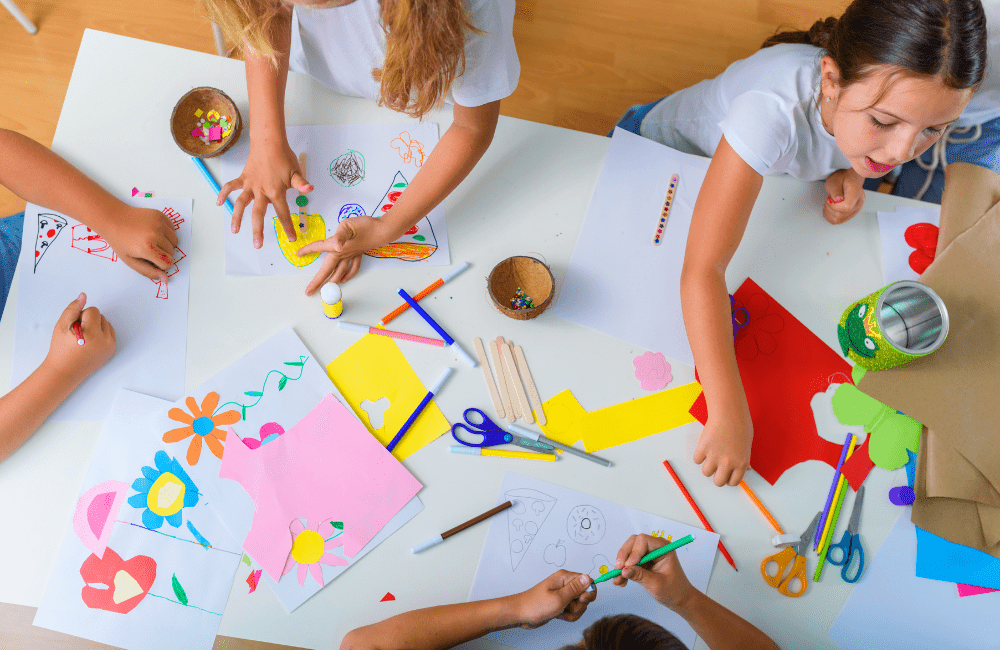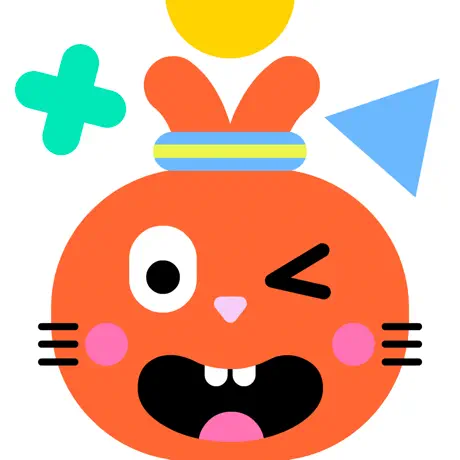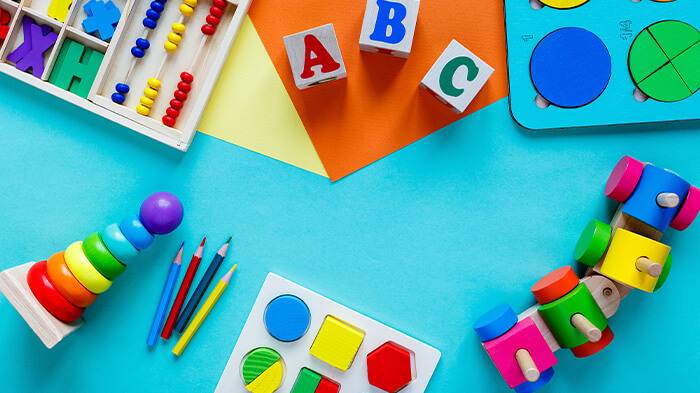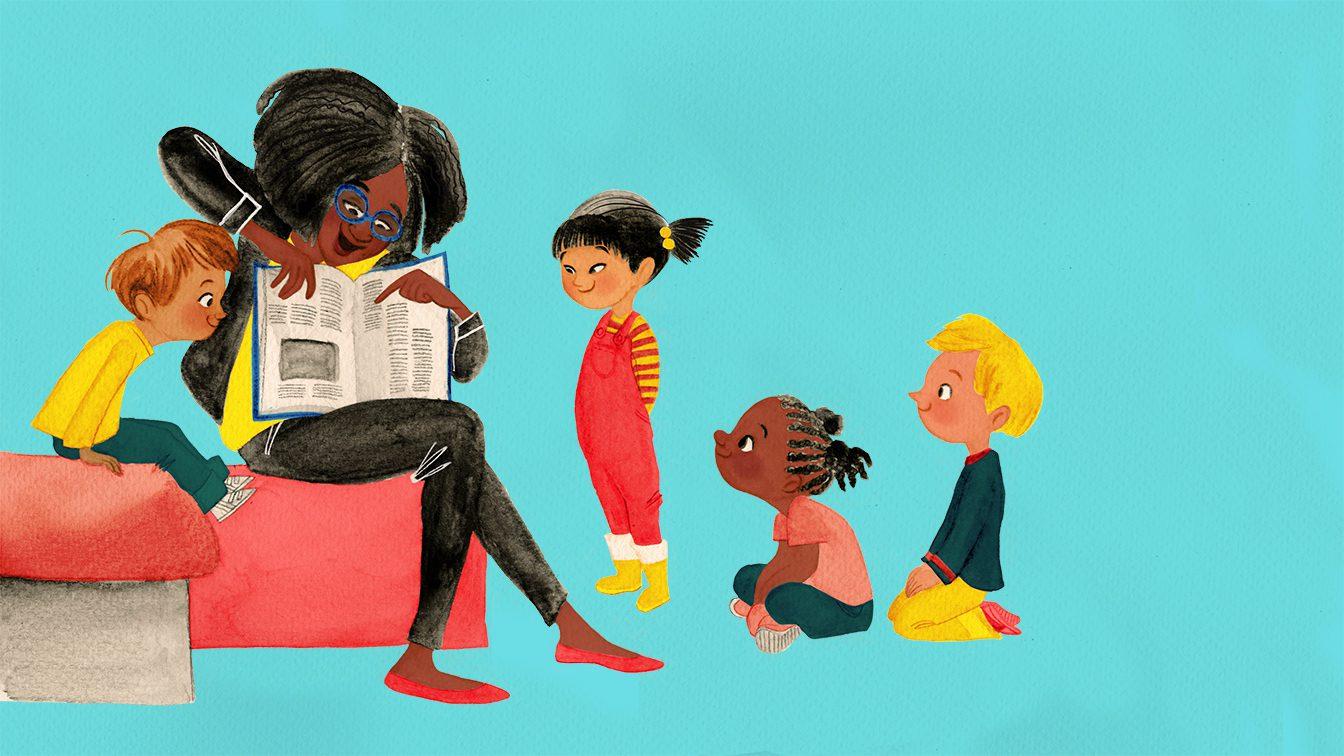Adventures in Coding Land: Starting with Stories
Stories form the foundation of our childhood, evoking imagination and curiosity. Weaving coding for kids with storytelling creates an environment where logic meets creativity. By embedding coding concepts within tales, we ensure that children don’t just learn to code but live the story through every function they craft.
Platforms such as Codetastic Adventures and CharacterCoder exemplify how coding can be educational and entertaining for kids. As they embark on their coding journey, kids encounter challenges that align with the story’s progression. This narrative-driven approach ensures that every line of code becomes a stepping stone in the tale, making the process more engaging.
- Fairytales and Functions: Platforms designed especially for young learners, such as Codetastic Adventures, immerse them in story-driven coding exercises, making coding for kids an enthralling quest.
- Characters and Commands: Tools like CharacterCoder translate mundane coding symbols into vibrant characters, infusing excitement into coding lessons.
- Quests and Queries: Apps adopting this approach convert coding challenges into compelling narratives.
- Mysteries and Methods: Turning coders into detectives ensures their little grey cells are constantly ticking!
- Rewards and Results: Platforms that gamify coding lessons by offering tangible rewards can maintain kids’ enthusiasm levels.
Game On: Turning Coding for Kids into Playtime
Gaming has always been a magnet for children. Its interactive nature offers immediate feedback, making it an ideal medium for teaching coding. By simulating real-world challenges and presenting them as ‘missions’ or ‘quests,’ we can instil problem-solving skills in a fun and immersive environment.
Platforms like Scratch Jr. and CodeQuest transform the abstract world of coding into tangible achievements. Earning rewards, clearing levels, and witnessing immediate results of their code give kids a sense of accomplishment. Such platforms ensure that coding for kids is not just a learning task but a game where every challenge becomes an opportunity to level up.
- Interactive Platforms: Platforms like Scratch Jr. transform coding for kids into a riveting game.
- Missions and Modules: CodeQuest gamifies coding, awarding badges at kids’ precise levels.
- Friendly Competitions: Platforms such as KidsCodeBattles offer coding arenas where kids can display their projects.
- Virtual Reality Ventures: Platforms like VRCoderKids let children weave their virtual realities.
- Building and Bonding: Multi-player coding games promote both teamwork and friendly rivalry.
Arts and Algorithms: Marrying Creativity with Coding for Kids
The world of arts offers a vast canvas for children to express themselves. When merging with artistic endeavours, coding acts as a bridge connecting logical thinking with creative expression. This synthesis helps in understanding complex coding concepts and nurtures the inherent creativity within every child.
Using platforms like AnimateCode and TuneTech, children can visualize their coding efforts in real time. Whether animating a short story or composing a melody, coding becomes a tool for kids to translate their imagination into reality. By marrying arts with coding, we’re empowering kids to be the creators of tomorrow, using technology as their paintbrush.
- Animating Ideas: Platforms specializing in integrating coding for kids with animation enable them to breathe life into their ideas.
- Musical Codes: Introduce kids to apps like TuneTech, where they can compose their beats using code.
- Design and Development: Platforms like WebWizardKids empower kids to craft dazzling digital strategies.
- Storytelling and Scripts: Encourage them to script their tales and animate them.
- Crafts and Code: DIY robot kits offer a holistic creative experience.
Real-world Coding: Making Coding for Kids Relevant
In today’s world, coding has become more than just a skill; it’s a language that is intertwined with our daily lives. By teaching children how coding impacts their daily activities, they can develop a profound connection and relevance to the subject. By integrating coding lessons with real-world examples, we ensure that children understand the broader implications of what they learn.
Organizing field trips through platforms like TechTourKids or engaging in tech talks provides a tangible tech world experience. These activities stoke their curiosity and cement the relevance of coding in their young minds. By showcasing the practical applications of coding, we anchor the importance of coding for kids in today’s tech-driven landscape.
- Everyday Examples: Make kids aware of the magic of code surrounding them.
- Field Trips: Organize trips through platforms like TechTourKids.
- Problem-solving Projects: Real-world issues can become captivating challenges.
- Tech Talks: Platforms like CoderConversations bridge the gap between budding coders and experts.
- Feedback and Forward: Building is just the beginning; ensure continuous growth.
Bridging the Gap: Making Coding for Kids Inclusive
The digital age offers opportunities for everyone. Inclusivity in coding ensures that every child, regardless of background or abilities, can access and benefit from coding education. Creating a diverse and inclusive coding environment is not just about equal access but also about ensuring equal representation.
Platforms that offer diverse narratives and adaptable interfaces cater to a broader audience, ensuring every child feels seen and heard. Community coding sessions and mentorship programs further amplify the message of inclusivity. Through collective problem-solving and shared growth, coding for kids becomes a journey where every child finds their unique voice in the vast digital chorus.
- Diverse Narratives: It’s a diverse world, introducing kids to platforms that weave multicultural tales.
- Adaptable Interfaces: Platforms tailoring interfaces to suit various learning abilities.
- Community Coding: Collaboration is vital. Group sessions promote collective problem-solving.
- Mentorship Matters: Platforms offering peer mentorship ensure the coding journey is well-guided.
- Resources and Representation: Introduce kids to platforms spotlighting diverse tech personalities.
Future Forward: The Long-term Benefits of Coding for Kids
While coding imparts technical knowledge, its long-term benefits transcend technology. By fostering structured thinking and nurturing creativity, coding equips kids with skills that will serve them in every walk of life. The ability to dissect problems, think critically, and craft solutions is invaluable in today’s complex world.
Children introduced to coding at a young age are better prepared for the future digital workforce. Beyond career prospects, coding also instils confidence. Every project they create, every challenge they overcome, reinforces their self-belief. In introducing coding for kids, we’re not just shaping future programmers or tech experts but moulding problem solvers, innovators, and leaders of the next generation.
- Critical Thinking: Coding cultivates a structured way of thinking.
- Creativity Catalyst: Coding for kids is an exercise in imagination.
- Career Prospects: Coding expertise will open doors to a multitude of opportunities.
- Confidence Booster: Every project completed bolsters a child’s self-esteem.
- Global Citizens: Coding is an international language, equipping them to communicate across borders.





